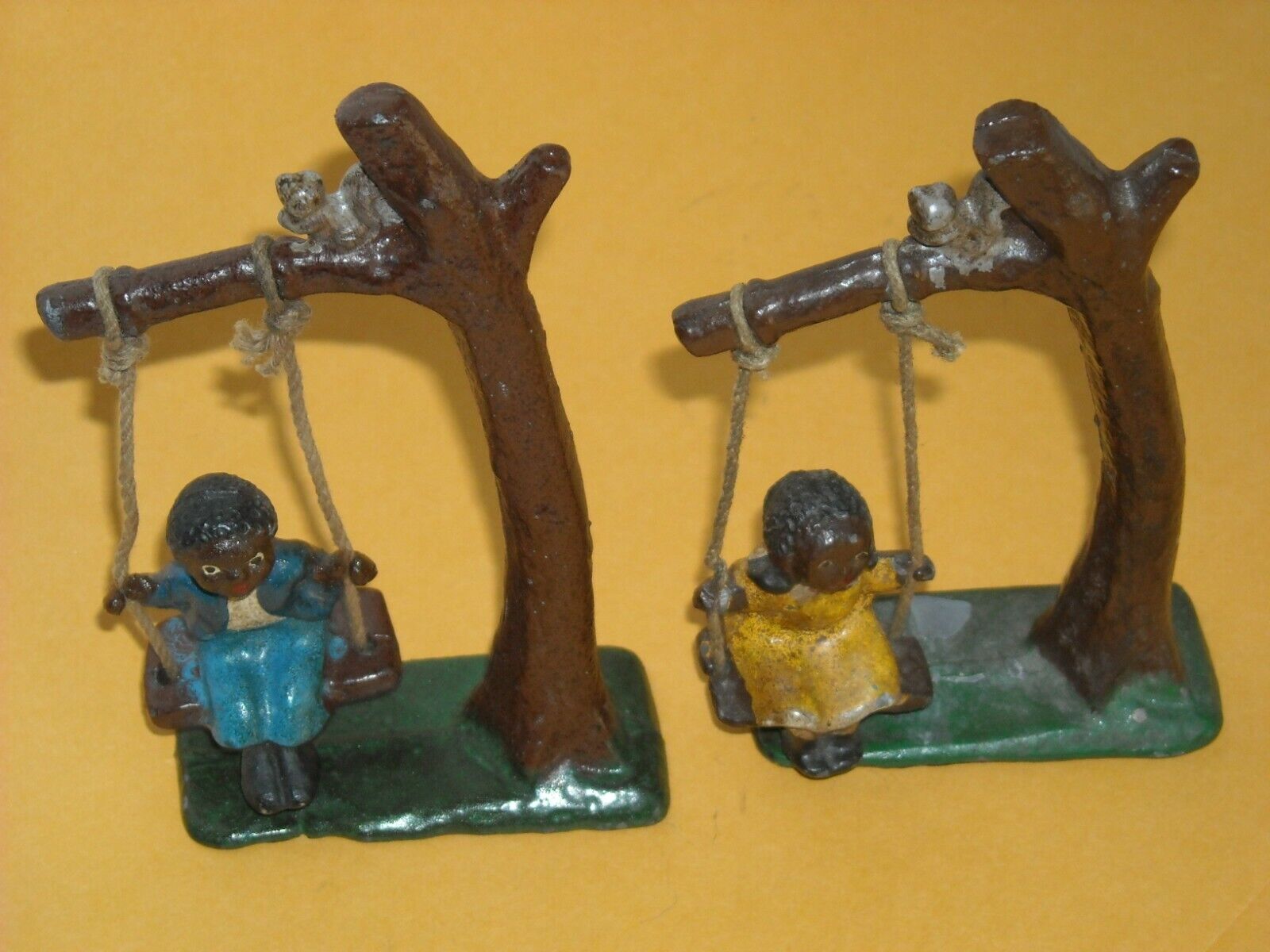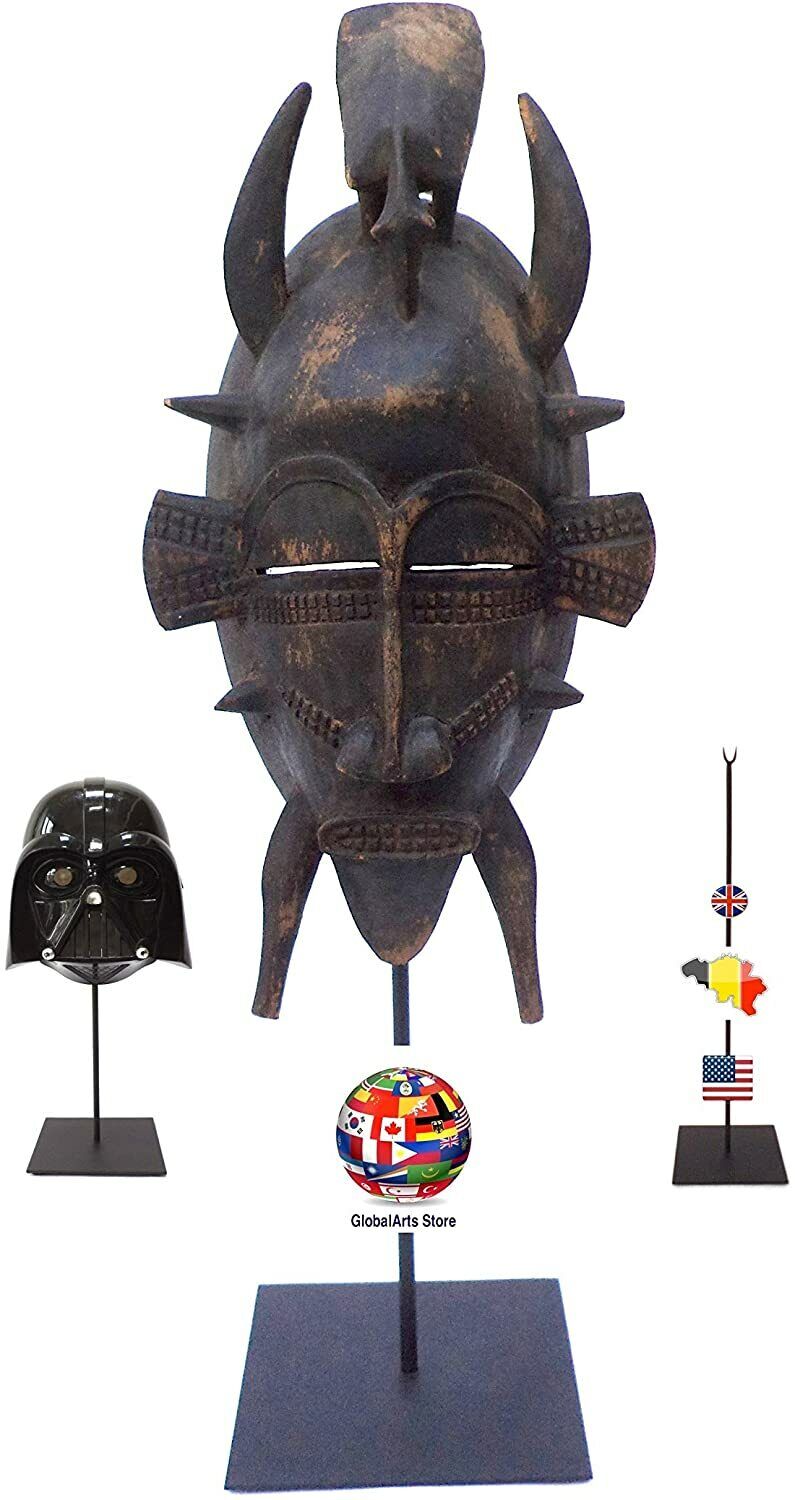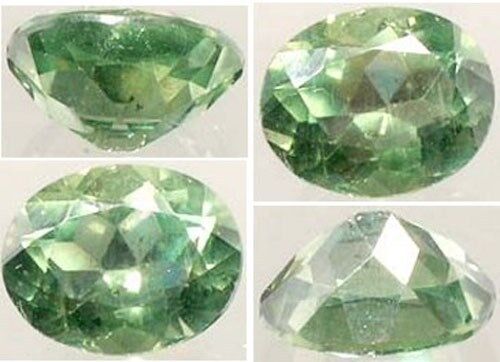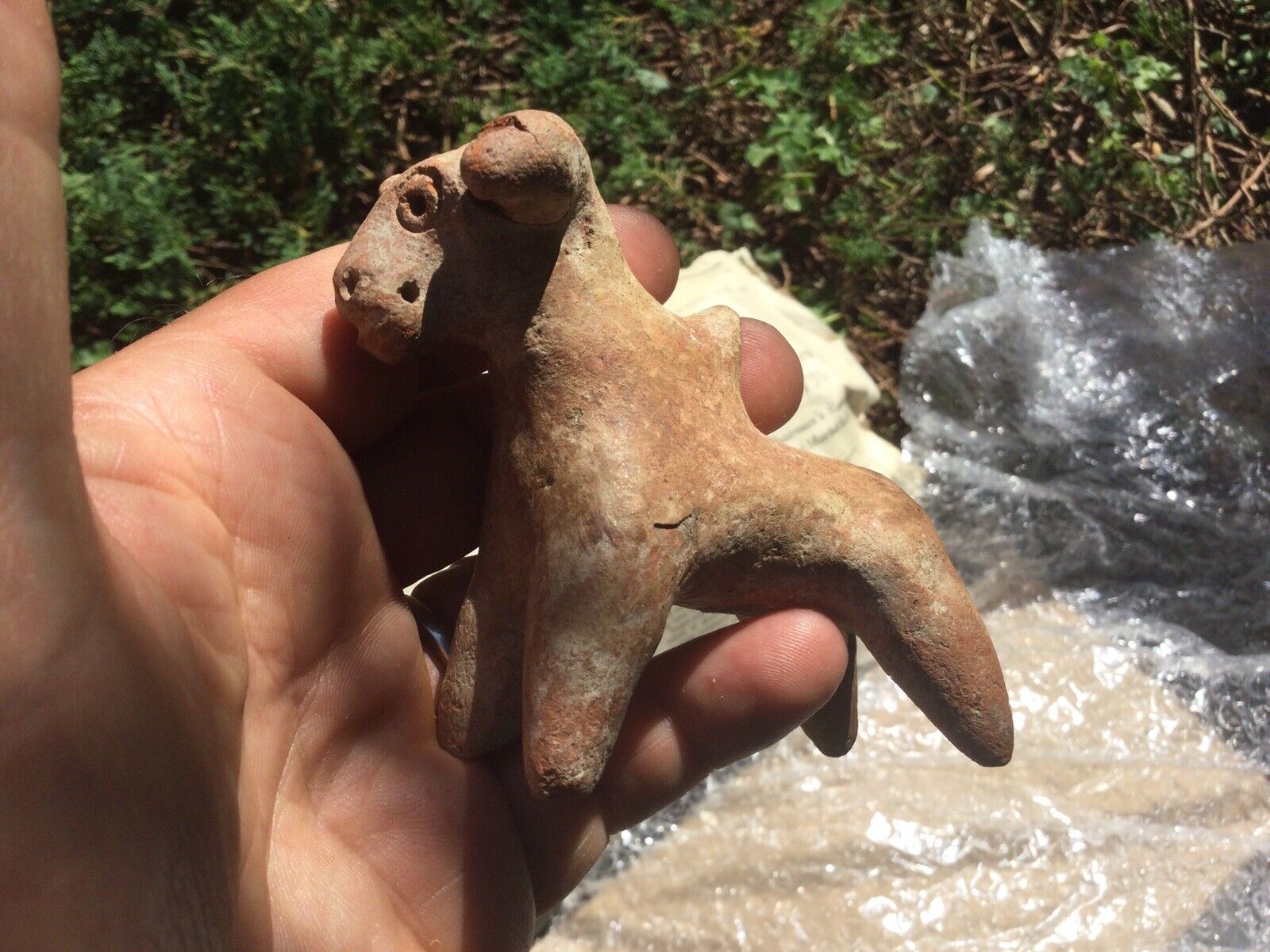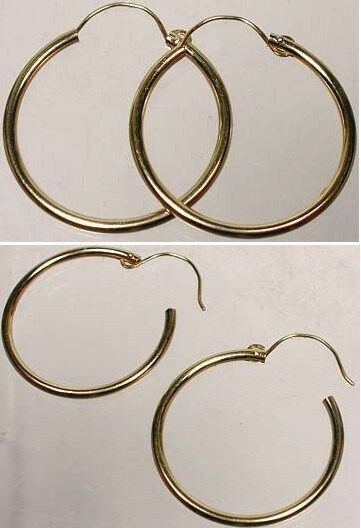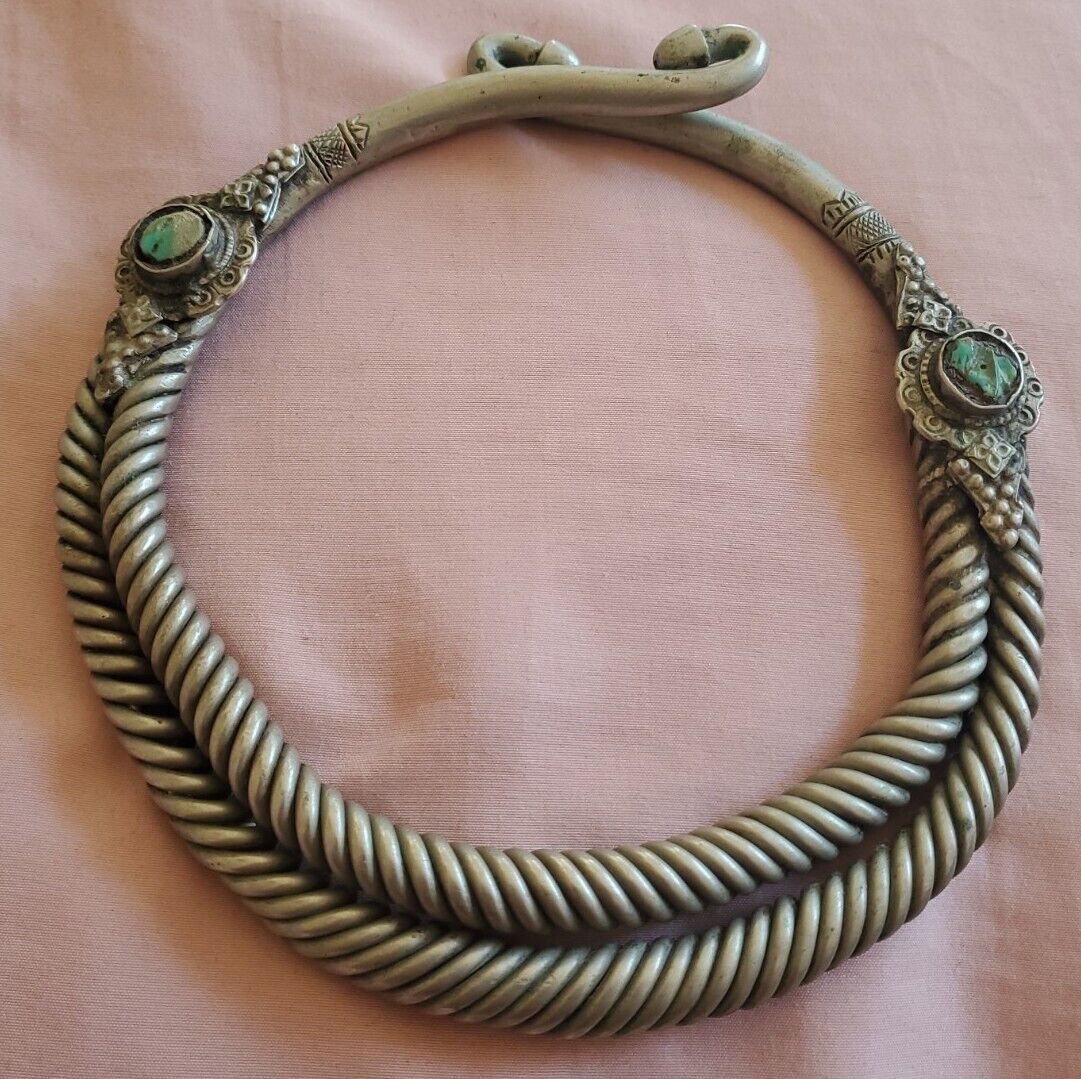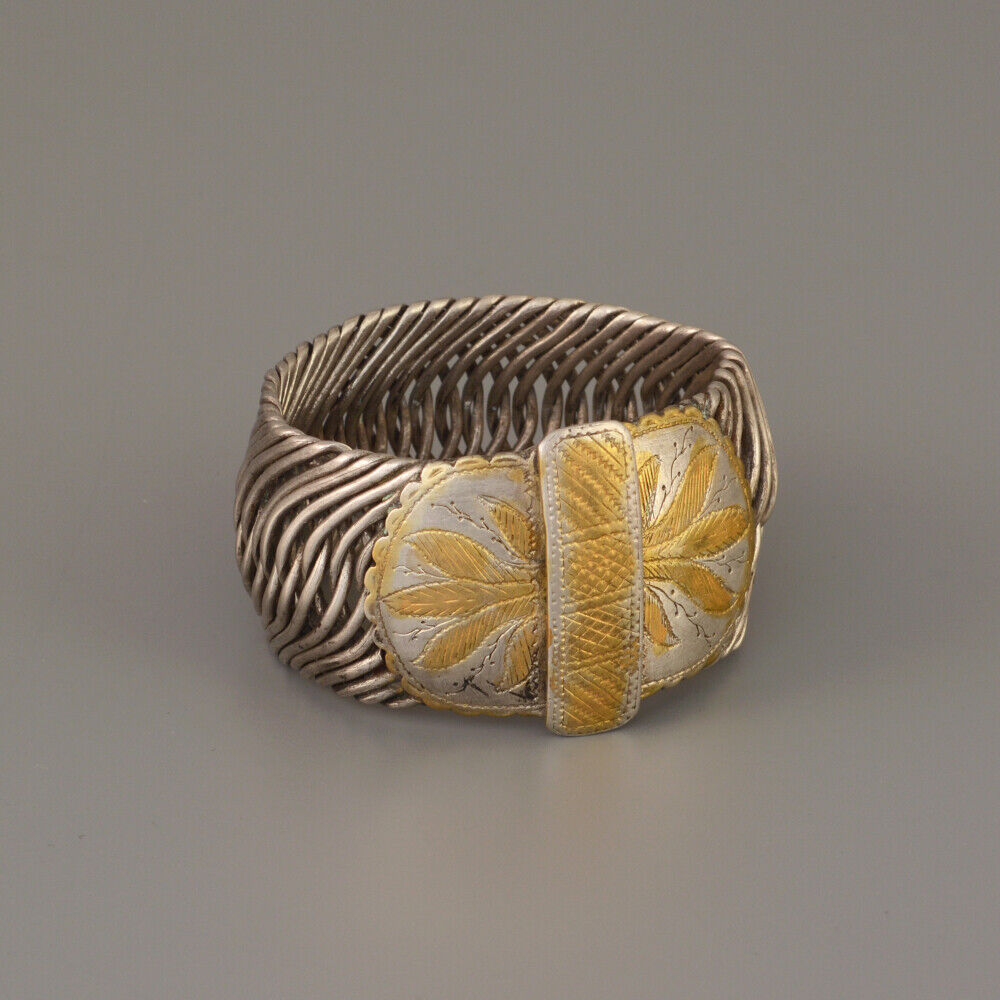-40%
19thC Antique Baltic Cognac Amber 1½ct Stone Gemstone Age Magic Soul
$ 89.75
- Description
- Size Guide
Description
Superb Quality Semi-Precious Dark Cognac Amber Semi-Precious Gemstone Cabochon. Contemporary High Quality Sterling Silver Ring (Size 7 – Resizing Available).CLASSIFICATION
: Round Baltic "Cognac" Amber Semi-Precious Gemstone.
ATTRIBUTION
: 19th Century Kaliningrad, Russia.
SIZE/DIMENSIONS
:
Diameter: 10 millimeters. Thickness: 4 millimeters.
Weight: 1.43 carats.
NOTE
: Resizing is available. If you would prefer a different setting style, odds are we have many different setting styles available which would fit this stone(s) which could be substituted for no or very little additional cost. 14kt solid gold settings are also available. Write us for pictures and prices.
NOTE
: If you would like only the gemstone, and not the setting, we can dismount the gemstone and offer you the gemstone without the setting. Just let us know, and yes, we’ll discount the price by the cost of the setting.
DETAIL
: Stone Age peoples believed that amber contained the resting place of the spirit, or soul, and that amber possessed supernatural properties. For this reason it was a very powerful material from which to fashion magical amulets. Here's a beautiful, fine grade antique gemstone quality "cognac" colored Baltic Sea amber cabochon, hand-crafted by a 19th century Russian artisan for use in indigenous jewelry. Throughout medieval and Renaissance Europe, in fact even going back in time to the ancient Mediterranean world, amber gemstones were widely employed in the construction of jewelry. Throughout Renaissance and Victorian Europe amber pendants were principally manufactured in the "Holyland" from Lebanese amber. However the finest jewelry was created using much more costly (and finer) fossilized Baltic Amber. This particular piece is of the rarer and more costly Baltic Amber. And of the Baltic Ambers, this is the most expensive variety (lemon yellow the least valuable, then golden honey, and finally dark cognac amber and "black" amber the most valuable). Archaeological evidence suggests that amber has been used as jewelry for at least 10,000-15,000 years, picked up by beach-combing Neolithic peoples of the Baltic and Black Seas, and along the shores of the Mediterranean.
The very earliest Mesopotamian cultures, later to include especially the Sumerians and Babylonians, and eventually even later the Phoenicians, traded extensively in amber gemstones. The ancient Greeks and Romans as well enjoyed the beautiful tones of amber, and it was extensively used in jewelry. And of course from the (Western) Roman Empire to the Eastern Roman (Byzantine) Empire the passion for amber was passed forward, into the medieval, Renaissance, and Victorian worlds. This gorgeous memento of a world past comes from a highly regulated and restricted supply of Baltic Sea Amber§made even more rare by its age. The setting is of contemporary origin. It is a high quality setting manufactured by one of the USA’s leading semi-custom mount producers. It is constructed of solid sterling silver. We do have the ability to have the ring sent out for resizing if requested. There are many other ring styles available, if you would like to see them, just contact us, we would be happy to share them with you. Most other setting styles in sterling silver are available at no additional cost. Additionally, if preferred, this mounting (as well as a wide variety of ring settings in other appealing styles) are also available in 14kt solid gold.
HISTORY OF AMBER
: Amber is fossil tree resin from long-extinct coniferous (pine) tress. Amber has been found throughout the world, but the largest and most significant deposits occur along the shores of the Baltic Sea in sands between 40 and 60 million years old. Fossilized amber started as blobs of resin exuded from a tree, which eventually were covered over and buried in the earth before being weathered out of the soil, then released into the sea where they drifted to shores as far as England. The oldest fossilized amber deposits discovered contain amber which is approximately 360 million years old. Amber has been treasured and used for millennia; beads, necklaces, buttons, and other ornamental carved objects have been made from this gemstone. Stone Age peoples believed that amber contained the resting place of the spirit, or soul, and that amber possessed supernatural properties. For this reason it was a very powerful material from which to fashion magical amulets.
Archaeologists have found amber pendants, beads, brooches and statuettes of people at excavation sites of Stone Age settlements, and believe that the statuettes and amulets represented protectors - world rulers - of those times. Two noteworthy discoveries have included Paleolithic-era beads from 11,000 B.C. found in Southern England in an ancient cavern known as “Gough’s Cave”; and a human-form amber pendant from about 7,000 B.C. discovered in an ancient peat bog in Denmark. An enormous collection of ancient amber amulets was discovered in 1860. The amulets dated back to the 3rd millennium B.C., and were known collectively as the "Juodkrantë Treasure". Consisting of 434 pieces, all were described in the book "Stone Age Amber Adornments" published in 1882. Unfortunately the entire collection disappeared during World War II, and has never been located.
The Greek name for amber is electron, and amber was thought to be pieces of the sun, broken off and fallen in the ocean. In Greek Mythology amber was the tears of the Heliade Sisters, who had been turned in to black poplars by Zeus who was furious over the fact that they were crying over the death of their brother, Phaethon, son of Helios, who was killed by Zeus for driving his sun chariot too close to earth, and setting it ablaze. The ancient Greeks attributed to amber the power as a cure for deafness (when mixed with rose oil and honey) and eyesight improvement (when mixed with honey alone). The fourth-century B.C. Athenian statesman Callistratus stated that insanity or wild and irrational behavior could be cured by the administration of powdered amber in wine. In addition to the ancient Greeks, amber had great value and significance to the Assyrians, Egyptians, Etruscans, Minoans, and Phoenicians.
The fossilized resin gives a pine tree aroma when burned and in ancient Egypt as well as in India amber was used as an incense to in religious ceremonies to purify the surrounding area. The ancient Egyptians also often utilized amber in the mummification process. In Chinese amber is translated to "the soul of the tiger" from the ancient belief that amber was the spirit of a tiger. Another ancient Chinese legend has it that amber was formed from drops of Dragon's blood which solidified when they hit the ground. It is known from written records that amber was coming to China through India early in the Han Dynasty, perhaps as early as the second century B.C. In Norse Mythology, Amber is sacred to the Goddess Freya, whose magic girdle “Brisingamen” was carved from the stone. It was widely used in rituals to encourage passion or fertility.
During the Bronze Age (perhaps as early as the fourth millennium B.C.), amber was partly responsible for a network of roads built to facilitate the trade. The first trade roads archaeologists have evidence for are from the ancient Biblical/Mesopotamian city of Ur (home of Abraham). By 1700 B.C., the Minoans had established jealously-guarded trade routes from Knossos (Crete) to Turkey, Cyprus, Egypt, Afghanistan, and Scandinavia where they traded amber, as well as copper, ivory, amethyst, lapis-lazuli, carnelian, gold, and other important commodities. By about 1500 B.C. many of the roads in eastern and central Europe had linked together into an extensive trading network known as the “Amber Routes”. The ancient amber trade route ran from the Baltic Sea, down the Elbe River, and on to the Danube. When the Minoan civilization was destroyed around 1200 B.C., it was the Phoenicians who filled the void, prospering as a sea-trading power from 1200 to 800 B.C. Amber was one of the Phoenician’s more significant trade commodities.
By the time the Roman Empire arose, the roads of the “amber route” led overland from the Danube through the Brenner Pass into Italy, the heart of the Roman Empire. From Rome the roads wove throughout the far-flung empire. One principal route ran all the way from Italy to Spain via Marseille and nearby Heraclea, close to present-day Avignon. These roads were constructed of multiple layers of logs, and remnants of some of these roads dating back to before 1,500 B.C. still exist. In ancient Rome amber was worn to prevent insanity and to arouse sexual desire. It was also believed that an amber talisman protected the body from physical harm, so Gladiators would often carry such a charm for protection in the arena. One first century Roman historian credited the source of amber to the urine of the lynx. However first century Roman historian and naturalist “Pliny the Elder” correctly identified the source of amber as being the resin of pine trees, and also correctly identified the origin of amber as being north of Germany.
For the better part of a millennium, Rome was the undisputed center of the amber industry in the ancient world. The Romans sent armies to conquer and control amber producing areas. Exotic ornaments made of amber were in great demand. The Romans apparently valued amber even more than the Baltic slaves who harvested the amber. During the reign of Nero, who was himself a great connoisseur of amber, Pliny wrote that the price of an amber figurine, no matter how small, exceeded the price of a living healthy slave. Not until the third century A.D., when wars with the Goths made such trade in luxury items unsustainable, did the Roman domination of the amber industry come to an end. After the fall of the Roman Empire and the ensuing “dark ages”, for 700 years all traces of the amber trade disappeared from written history. Nonetheless during this time Anglo-Saxon and Celtic crafts people produced some of the most beautiful and exquisite amber pieces despite the barbarity of times.
By the twelfth century, as Europe rebounded from Rome’s collapse and headed into the High Middle Ages, the Baltic region was under the rule of the Dukes of Pomerania and, later, the Teutonic Knights, and the amber trade resurfaced. Both the Dukes of Pomerania as well as the Teuronic Knights exercised absolute control over all aspects of the amber trade. They even prohibited the unsupervised collection of amber on beaches under penalty of hanging, and required fishermen to swear an oath that they would not retain the amber that came up with their nets. Even the mere possession of raw amber was illegal in most of Europe by the year 1400. As the Knight's power waned, monopolistic trade guilds became increasingly important players in the amber trade. The amber guild established in Danzig in 1477 still exists today.
During the Middle Ages, especially within the Byzantine Empire, amber was considered the best material for rosary beads due to its smooth silky feel. The Germans burned amber as incense, so they called it bernstein, or "burn stone." In Medieval Europe the demand for amber was not only for its value as a gemstone, but also for its medicinal uses. According to one Medieval text amber was used for childbirth, to treat excess stomach acid as well as throat disorders, and was used as a poison antidote. It was believed that the smoke from burning amber drove poisonous insects away and the same smoke was recommended as a fumigation to protect against the plague (“Black Death”). It was even recorded in this same source that amber, “if laid on the breast of a wife when she is asleep, it makes her confess all her evil deeds.” Medieval shamans believed that amber could stimulate visions containing glimpses of ancient knowledge.
The art of skillfully working amber into beautiful objects d'art flourished in Europe from the late sixteenth century to the mid-eighteenth century, especially in the Northern Germany, Prussia, Poland and the Baltic countries. During the succeeding Victorian Age, due to the belief that amber could impede the transmission of diseases, it was used to produce stem-pieces for cigarette holders and pipes. Amber has also sometimes been used as an ingredient in perfume, and since the fifteenth century has been used as a flavoring agent in the Scandinavian akvavit liquor. From ancient times through the Victorian Era, most amber has been gather along the shores of the Baltic Ocean after violent storms which dislodge the amber from the ocean floor, whereupon it is cast onto the shore. A seventeenth century book on the subject describes amber divers who carried a wooden spade to dislodge amber from the ocean floor, as well as surf riders who on horseback gathered amber in nets mounted to poles.
Contemporarily, the largest mining operation for amber in the Baltic region is in Russia, west of Kaliningrad, which produces about 90% of the world’s best gem-grade amber. Baltic amber is also found in Lithuania, Latvia, Estonia, and Poland; and occasionally washes up on the shores of the Baltic Sea as far away as Denmark, Norway, and England. Other amber sources include Burma (Myanmar), Lebanon, Sicily, Mexico, Romania, Germany, and Canada. Amber gained a great deal of popularity recently after the release of the movie “Jurassic Park”. You’ll recall that “dino dna” was extracted from mosquitoes which had “dined” on “dino blood”, and then been trapped within amber. Far-fetched? In 1994, a molecular biologist at Cal Poly extracted DNA from a weevil that was trapped in amber 120 to 135 million years ago, when dinosaurs roamed the earth.
The amber, which was from the Lower Cretaceous period, was mined in the mountains of Lebanon south of Beirut. The amber was part of a collection of amber pieces containing 700 insects, including termites, moths, caterpillars, spiders, scorpions, and midges, which did suck dinosaur blood. Throughout the history of the ancient world, gemstones were believed capable of curing illness, possessed of valuable metaphysical properties, and to provide protection. Found in Egypt dated 1500 B. C., the "Papyrus Ebers" offered one of most complete therapeutic manuscripts containing prescriptions using gemstones and minerals. Gemstones were not only valued for their medicinal and protective properties, but also for educational and spiritual enhancement.
In the ancient world it was believed that amber was a “healing” stone, capable of disinfecting and encouraging the healing of wounds. Turns out that amber contains succinite acid, which has anti-bacterial properties. Science finally acknowledged what our ancestors thousands of years ago knew. Even ancient baby-teethers made of amber have been uncovered by archaeologists. Other attributes given in the past have included the calming of nerves a spirited disposition. Amber has in many cultures been believed to bring both good luck and long life to the wearer. Amber was also believed to encourage bravery and self-confidence. On the metaphysical plane amber was believed to stimulate intellect and creativity. Modern-day practitioners believe that the bright healing energy emitted from amber draws out negative energy, counteracts belligerent and aggressive behavior, purifies the heart and spirit, and helps in making difficult choices by the removal of self imposed obstacles.
Domestic shipping (insured first class mail) is included in the price shown. Domestic shipping also
includes
USPS Delivery Confirmation (you might be able to update the status of your shipment on-line at the
USPS Web Site
). Canadian shipments are an extra .99 for Insured Air Mail; International shipments are an extra .99 for Air Mail (and generally are NOT tracked; trackable shipments are EXTRA).
ADDITIONAL PURCHASES
do receive a
VERY LARGE
discount, typically about per item so as to reward you for the economies of combined shipping/insurance costs. Your purchase will ordinarily be shipped within 48 hours of payment. We package as well as anyone in the business, with lots of protective padding and containers.
We do NOT recommend uninsured shipments, and expressly disclaim any responsibility for the loss of an uninsured shipment. Unfortunately the contents of parcels are easily “lost” or misdelivered by postal employees – even in the USA. If you intend to pay via PayPal, please be aware that PayPal Protection Policies REQUIRE insured, trackable shipments, which is INCLUDED in our price. International tracking is at additional cost. We do offer U.S. Postal Service Priority Mail, Registered Mail, and Express Mail for both international and domestic shipments, as well United Parcel Service (UPS) and Federal Express (Fed-Ex). Please ask for a rate quotation. We will accept whatever payment method you are most comfortable with. If upon receipt of the item you are disappointed for any reason whatever, I offer a no questions asked return policy. Send it back, I will give you a complete refund of the purchase price (less our original shipping costs).
We travel to Russia each year seeking antique gemstones and jewelry from one of the globe’s most prolific gemstone producing and cutting centers, the area between Chelyabinsk and Yekaterinburg, Russia. From all corners of Siberia, as well as from India, Ceylon, Burma and Siam, gemstones have for centuries gone to Yekaterinburg where they have been cut and incorporated into the fabulous jewelry for which the Czars and the royal families of Europe were famous for. My wife grew up and received a university education in the Southern Urals of Russia, just a few hours away from the mountains of Siberia, where alexandrite, diamond, emerald, sapphire, chrysoberyl, topaz, demantoid garnet, and many other rare and precious gemstones are produced. Though perhaps difficult to find in the USA, antique gemstones are commonly dismounted from old, broken settings – the gold reused – the gemstones recut and reset.
Before these gorgeous antique gemstones are recut, we try to acquire the best of them in their original, antique, hand-finished state – most of them centuries old. We believe that the work created by these long-gone master artisans is worth protecting and preserving rather than destroying this heritage of antique gemstones by recutting the original work out of existence. That by preserving their work, in a sense, we are preserving their lives and the legacy they left for modern times. Far better to appreciate their craft than to destroy it with modern cutting. Not everyone agrees – fully 95% or more of the antique gemstones which come into these marketplaces are recut, and the heritage of the past lost. But if you agree with us that the past is worth protecting, and that past lives and the produce of those lives still matters today, consider buying an antique, hand cut, natural gemstone rather than one of the mass-produced machine cut (often synthetic or “lab produced”) gemstones which dominate the market today.
Our interest in the fabulous history of Russian gemstones and the fabulous jewelry of the Czar’s led to further education and contacts in India, Ceylon, and Siam, other ancient centers of gemstone production and finishing. We have a number of “helpers” (family members, friends, and colleagues) in Russia and in India who act as eyes and ears for us year-round, and in reciprocity we donate a portion of our revenues to support educational institutions in Russia and India. Occasionally while in Russia, India, Siam, and Ceylon we will also find such good buys on unique contemporary gemstones and jewelry that we will purchase a few pieces to offer to our customers here in America. These are always offered clearly labeled as contemporary, and not antiques – just to avoid confusion. We can set most any antique gemstone you purchase from us in your choice of styles and metals ranging from rings to pendants to earrings and bracelets; in sterling silver, 14kt solid gold, and 14kt gold fill. When you purchase from us, you can count on quick shipping and careful, secure packaging. We would be happy to provide you with a certificate/guarantee of authenticity for any item you purchase from me. There is a fee for mailing under separate cover. Please see our
"ADDITIONAL TERMS OF SALE."

